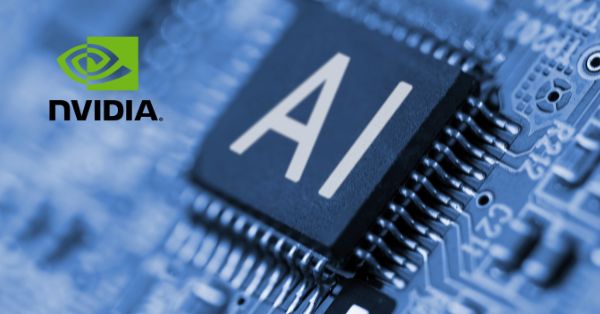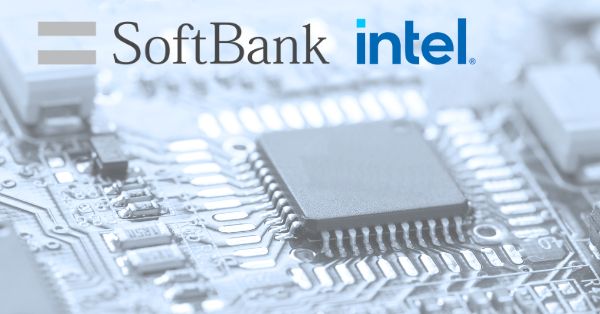- Tech News & Insight
- August 24, 2025
- Hema Kadia
Nvidia has reportedly paused production activities tied to its H20 data center AI GPUs for China as Beijing intensifies national-security scrutiny, clouding a long-anticipated reentry into the market. Multiple suppliers have been asked to suspend work related to the H20, Nvidia's made-for-China accelerator designed to meet U.S. export rules. The




















